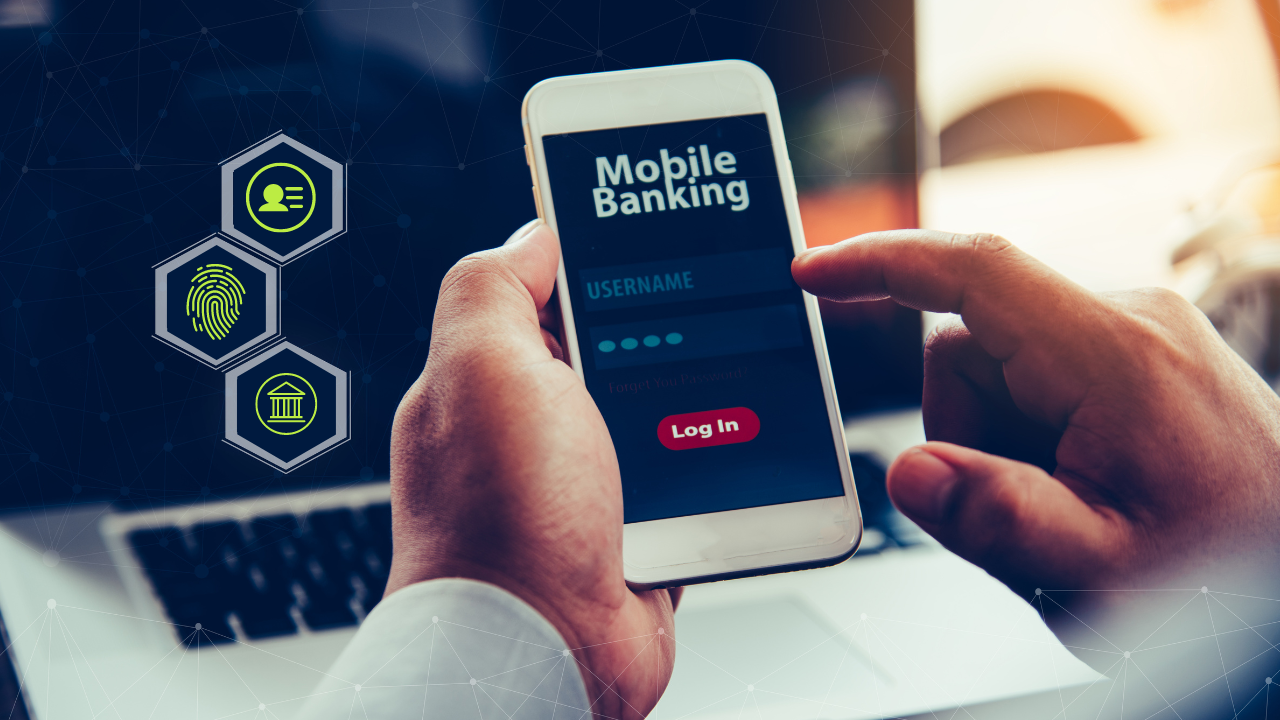
legal entity identifier (lei)
The Need for LEIs and BICs in iso 20022
In her recent article in the GLEIF Lightbulb series, Claire Rowley of GLEIF highlighted the traditional pain points of a global cross border payment system still exist with high costs, slow processing times, limited access, and a lack of transparency.
We will discuss these below and explore in more detail how the combination of the LEI and BIC may combine to form a powerful identifier system within cross border payments.
Background and Evolution of LEI and BIC
However, first it is important to discuss history and evolution of the Legal Entity Identifier (LEI) and Business Identifier Code (BIC), their potential integration into payment messaging, and the benefits and challenges of this approach. It also explores alternative solutions and stakeholder perspectives to provide a comprehensive understanding of the landscape.
To address the traditional pain points mentioned, issues, the G20 endorsed a roadmap in 2022, developed by the Financial Stability Board (FSB) in collaboration with various international organizations and standard-setting bodies.
To understand the significance of incorporating LEIs and BICs with cross-border payment messaging, it is essential to examine their historical contexts and evolution.

The LEI system was established in response to the global financial crisis of 2008, providing a unique identification code for legal entities participating in financial transactions recognisable globally and system agnostic.
The Global LEI System (GLEIS) as it is known, aims to improve transparency, reduce risk, and enhance regulatory reporting by providing key reference data on LEI owners globally.
There are now over 200 regulations globally mandating the use of the LEI.
On the other hand, BICs have been in use since the 1970s, primarily as a means of identifying financial institutions within the SWIFT network. BICs are unique codes assigned to banks, branches, trading desks, and other financial entities to facilitate secure and accurate communication.
The Need for a Global Identification Scheme in Cross-Border Payments
The current landscape of cross-border payments is fragmented, with mixed use of standards in payment messaging. This creates friction, making transactions more expensive, slower, and less transparent. The adoption of a common messaging standard like ISO 20022 can help address these issues by allowing more consistent and structured data in payment processing, promoting greater interoperability.
"The fragmentation and mixed use of standards in payment messaging is a major point of friction in cross-border payments. Happily, the adoption of common message formats promises to mitigate the significant challenges that have traditionally constrained cross-border payments." Claire Rowley, GLEIF
However, varying implementations of ISO 20022 across regions and jurisdictions can undermine its potential benefits. A global identification scheme that combines the strengths of LEIs and BICs can help address these challenges by providing a consistent and structured way to identify persons, entities, and financial institutions involved in cross-border payments.
Incorporating LEIs and BICs into Payment Messaging
- Improved transparency and efficiency: Integrating LEIs and BICs into payment messages can enhance transparency for all users and facilitators in payment networks, particularly for cross-border transactions. This can help eliminate manual processes and contribute to faster and more cost-efficient payments.
- Increased trust and confidence: The incorporation of LEIs into payment messaging allows consumers and businesses to accurately identify and verify the legal entities involved in a transaction. This fosters greater certainty and confidence in cross-border payments.
- Global interoperability and inclusion: The Global LEI System connects with local business registries, providing a consistent and trusted way for parties to know and verify the entities they are transacting with. This promotes global interoperability and inclusion in the cross-border payment ecosystem.
- Enhanced accuracy: Utilizing LEIs can reduce the high rate of rejected instant payments due to incorrect identification of organizations. This improvement in accuracy can streamline payment processing and reduce errors in sanctions screening.
PRACTICAL IMPLICATIONS OF THESE STANDARDS
So, the idea of adding the LEI to ISO 20022 payment messages is pretty straightforward. By including the LEI as a data point in the messages, it becomes very easy to figure out who's sending or receiving money across jurisdictions.
Plus, the LEI is already an optional part of the ISO 20022 messaging standard, so it's not an entire implementation process. By making the LEI a necessary part of these messages, we would counter many of the traditional pain points mentioned above.
For example, it would make things more transparent and trustworthy, while also making it easier to handle customer identification and follow the rules.
BICs are usually used to identify financial institutions on the SWIFT network, but they don't always clearly show the actual legal entity involved in the transaction, they may show the overal organisation but not as granular as which branch or office. You see, LEI codes can also be given to entities like bank branches, or stand alone trading desks.
By combining an LEI with a BIC payment messages will have a more fully comprehensive data set for FIs, banks and regulators to draw from, which should be imperative for all users of a payment network.
In fact, this benefit can be further realised by expanding its usage to all B2B payments, and incorporating it with the IBAN system, or local equivalent.
The LEI can bring together the different systems of identification used in the payments industry such as IBAN, BIC and Direct Debit Creditor Identifier. For example, a multinational corporation could have hundreds of subsidiaries but might only have several BIC codes. With the uniqueness and interoperability of the LEI, payers and payees are able to know precisely who they are paying, and whether the specific IBAN account number is owned by the correct legal entity.
- European Payments Council
Using the LEI in combination with the IBAN for B2B payments offers several advantages. By incorporating the LEI, businesses can precisely identify and verify the legal entities involved in the transaction, increasing transparency and trust.
 This helps link the compliance value chain, streamline the payment process and reduce errors, while also simplifying compliance with Know-Your-Customer (KYC) and anti-money laundering (AML) regulations.
This helps link the compliance value chain, streamline the payment process and reduce errors, while also simplifying compliance with Know-Your-Customer (KYC) and anti-money laundering (AML) regulations.
Meanwhile, the IBAN ensures a standardized and efficient way of identifying individual bank accounts across borders, resulting in faster and more accurate payments.
Together, the LEI and IBAN work hand-in-hand to create a more secure and efficient B2B payment ecosystem.
The UK and India are leading the at the fore when it comes to LEI adoption.
With the United Kingdom and Bank of England declaring that the that LEI is going to be mandated in CHAPS payment messages as they migrate to ISO 20022 format, and similarly in India the LEI is already included in RTGS payment messages above 5 crore.
Incorporating LEIs and BICs into cross-border payment messaging has the potential to significantly improve the efficiency, transparency, and accuracy of transactions. However, implementing this solution involves overcoming several challenges and considering alternative approaches and stakeholder perspectives.
As the cross-border payment ecosystem continues to evolve, fostering collaboration among stakeholders and exploring innovative solutions will be essential to achieving the shared goal of more accessible, affordable, and seamless cross-border transactions.
ICC DSI 2025 Report Charts Path to Trust and Interoperability in Global Trade

LEI Worldwide Partners with IDFC FIRST Bank to Facilitate LEI Adoption in India
.png)
LEI Regulations in Crypto – A Turning Point for Global Transparency
.png)
LEI Worldwide Partners with The Open Working to streamline KYC/KYB in Global Trade
.png)
LEI Worldwide opens new offices in Pune, India
.png)
LEI Worldwide nominated Finalist in FS Awards in Association with KPMG
